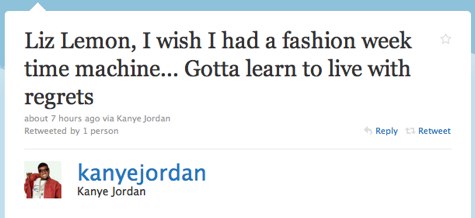I got an email today, a bit sad that the bot I made to comment on Tower Bridge’s state had disappeared.
I wasn’t aware it had disappeared.
So I checked Twitter, and sure enough: @towerbridge is now owned by an “official” account. They joined Twitter on the 18th May this year. I’m not going to comment on the quality or usefulness of the account to date.
What I am going to comment on: the bot has disappeared. All those tweets are gone, basically. So there’s no history any more of bridge lists. There’s no instrumentation of a part of the city. A little bit of the heartbeat of London – for me, and the nearly 4000 other people who followed the bot – has disappeared.
Now, I use an old email address that I check rarely for that account – but I’ve not been contacted once about this issue. The account has just been gazumped, and a little, talking part of the city has been killed.
I’m about to get in contact with Twitter the second I’ve posted this. I’m more than a little furious; after all, all the URLs that link to it are now incorrect, all the lifts, all the (puppet-mastered) banter is gone. Cool URLs don’t change, and these have just gone. And in their place: marketing.
I’ve never pretended to be an official account; I’ve never dissimulated; no-one from the exhibition has ever got in touch with me about the bot.
So, for the time being: this is why the bot has disappeared. I’m very, very cross, and perhaps a little upset; the robots are our friends, after all.
